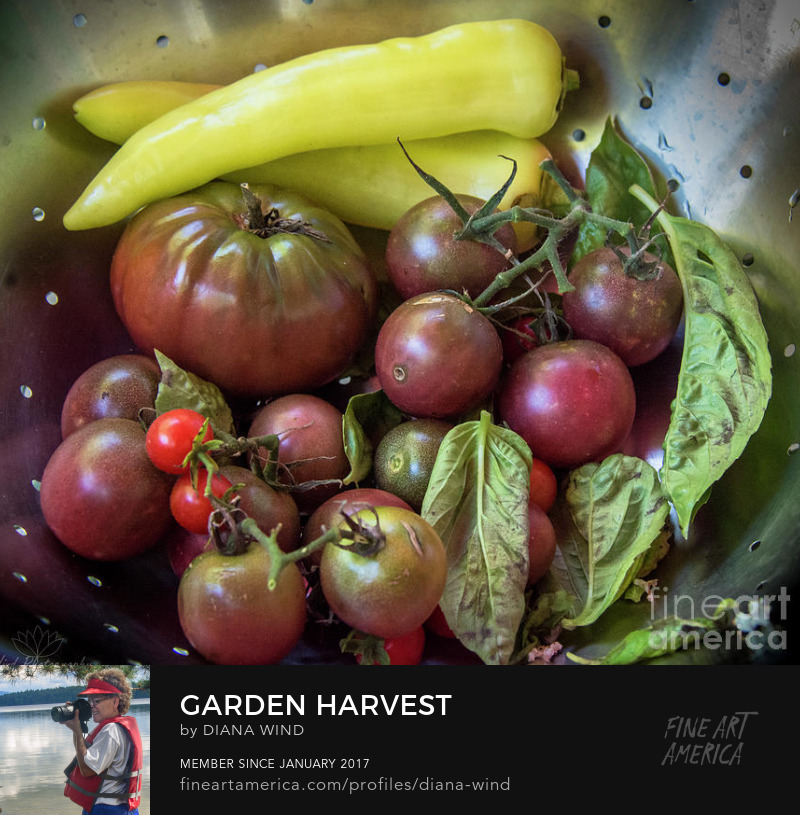Our pocket meadow is proving to be a huge success! Harry's Meadow covers a small piece of our front lawn that we decided not to mow. With a little encouragement and select weeding, common milkweed is flourishing. Milkweed leaves are where monarch butterflies lay their eggs. When monarch caterpillars emerge, they are at the table of their only food source - milkweed.
A few weeks ago we enjoyed watching and photographing monarch butterflies. We have had a banner year for butterflies - more than ever! Some of the attraction may be that our yard now has many plants that are good nectar sources, including: Milkweed, Joe Pye weed, Echinacea, Liatris and Mexican Sunflowers.
A few weeks ago, monarch butterflies mated and laid their eggs. Now, we are seeing lots of monarch caterpillars (larvae stage) on the milkweed plants eating the leaves.
These feeding monarch caterpillars take 10-14 days to molt (5-stages) and grow before leaving the caterpillar larva stage.
After the larva stage comes the pupa stage, when their chrysalis hangs camouflaged somewhere. It takes another 10-14 days to develop into beautiful monarch butterflies. These late summer monarchs are the 4th generation that join the monarch migration to over-winter in Central Mexico!
Our meadow didn't start out as all milkweed. The area has been invaded by Mugwort (Artemisia vulgaris), an undesirable, invasive weed. We continue to pull it out to make room for milkweed to spread.
Along with monarch caterpillars we also have lots of orange milkweed bugs. We decided to leave the bugs alone and let them do their thing. They seem to be coexisting on the milkweed plants along with the feasting caterpillars. Yesterday, I stopped counting at 11 caterpillars and one monarch butterfly!
I have been looking around the meadow for where the caterpillars may go to form their monarch chrysalis for metamorphosis. I noticed a caterpillar hanging straight down from a dying Queen Anne's lace plant. Could this be the chrysalis spot for that caterpillar?
In searching for more information I came across the links below that I found helpful. And, I joined and reported our sightings on Journey North.
Happy Gardening and Monarch Watching!
Related Links
Monarch Life Cycle
Monarch Biology
Advocate to your elected officials
update 9/2/19: the hanging caterpillar from the Queen Anne's lace plant was dead. Not sure what killed it. The good news is that today I did spot a live monarch caterpillar going into the pupa stage underneath a milkweed leaf.
Blog post and photos Copyright (C)Wind. All rights reserved.Top photo of monarch caterpillar on leaf edge was also posted on Journey North who was given permission for use.






























No comments:
Post a Comment